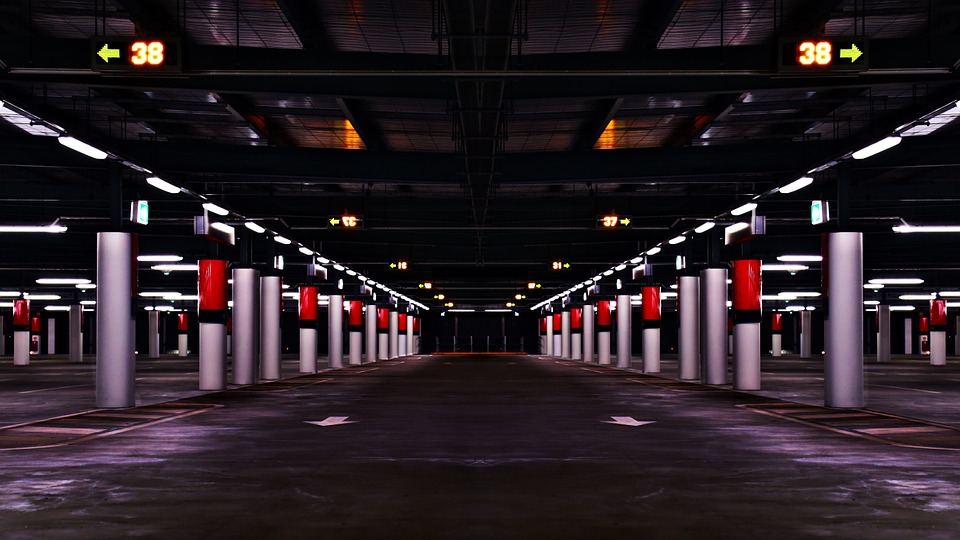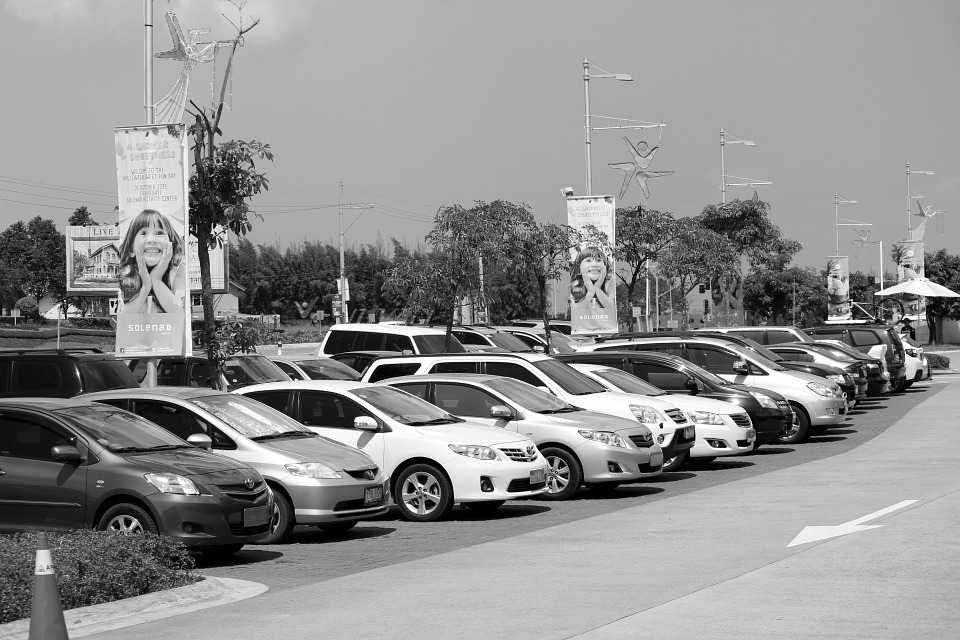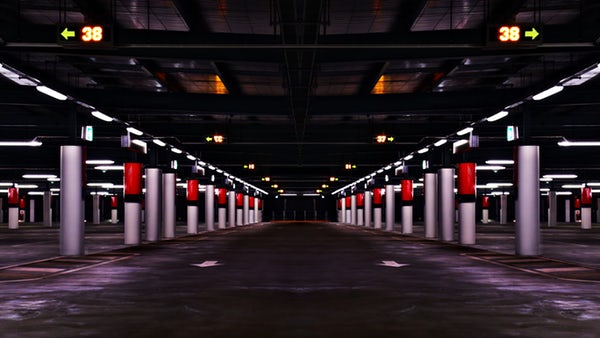Traditional vs Automated Parking System
Parking garages have been in existence since the invention of automobiles. For a long time, only conventional car parks were in use. With time, technology took over and automated garages came into existence. Let’s take a look at the differences between the traditional vs automated parking systems and how they compare:

1. Traditional Parking System:
The traditional car parking system features most homes, offices, and recreational centers. Separate parking spaces are created for smooth entry and exit to increase organization and reduce traffic. They require less energy with the only energy requirement being for lighting. Traditional garages are also extremely reliable in that their functioning isn’t hampered by a power failure.

Traditional garages are operational round the clock. Some traditional car parks have limited space so motorists must look for a vacant lot before parking. If they have a simple design, the capital outlay isn’t huge. Car protection strategies can also be offered by assigning lots to specific individuals.
However, with a growing scarcity of available urban land and the number of cars proliferating, there is a need for an alternative and sustainable solution.
2. Automated Parking System:
An automated parking system (APS) requires less area, removing the driver from the parking process. These can be either fully automated or semi-automated. The car must be driven to an entry point where the driver and passengers exit the car. It is then moved automatically or semi-automatically (with some assistance required) to its allotted space. Automatic parking systems maximize limited space, an advantage in areas limited space is available.

Automatic car parks follow a specific order to release cars, allowing cars parked last to exit first, thus freeing up space for cars parked in the inner lots. The parking lot itself can be parked to prevent vehicle theft.
The park is made of metals that can withstand high pressure and tension. Power is required to run these car parks so the supply of power should be reliable. An APS requires a significant capital outlay initially but turns out to be more cost-effective in the long run.
- Efficiency: Compared to a traditional parking lot, APS requires an area approximately 70% smaller to park an equivalent number of cars. This allows the parking developer to use the land for other purposes like adding more parking spaces, using more areas for non-parking purposes or green spaces, etc. In an APS, the parking space width and depth, and distances between parking spaces are dramatically reduced since no allowance needs to be made for driving the car into the parking space.There’s no need for driving lanes or ramps. Because there’s no pedestrian traffic in the area, no walkways, stairways, or elevators are needed to accommodate pedestrians. With the elimination of ramps and driving lanes, the APS requires substantially less structure. Many APS utilizes a steel framework (some use thin concrete slabs) rather than the monolithic concrete design of the multi-story parking garage. These factors contribute to an overall volume reduction and further space optimization.
- Costs: Building a parking space requires a significant amount of money. Besides, there are ongoing operating costs. An APS has an operating cost of approximately half of that of a traditional car park and a comparable construction cost. Thus, the cost of a parking spot is significantly less with an APS. As the demand for space increases and supply reduces, efficiency and cost-effectiveness are likely to contribute to the popularity of automated garages.
Final words:
| Pros | Cons | |
| Traditional Parking | · Don’t need a power supply
· Simple design · Reliable · Increases organization |
· Requires a lot of space
· Searching for vacant space is stressful |
| Automated Parking | · Efficient
· Clean · Maximizes available space · Greater car safety |
· Require a constant supply of energy
· Car must exit in the specified order |
With rising land prices and dwindling real estate, traditional parking garages are losing their appeal. Automated garages are designed to be efficient and can park the same number of cars in half as much space. While traditional parking systems are simple and extremely reliable, the costs outweigh the benefits. With parking technology such as smart parking apps and software becoming the norm, it is hard to deny that the stage is set for automated garages to take over.

